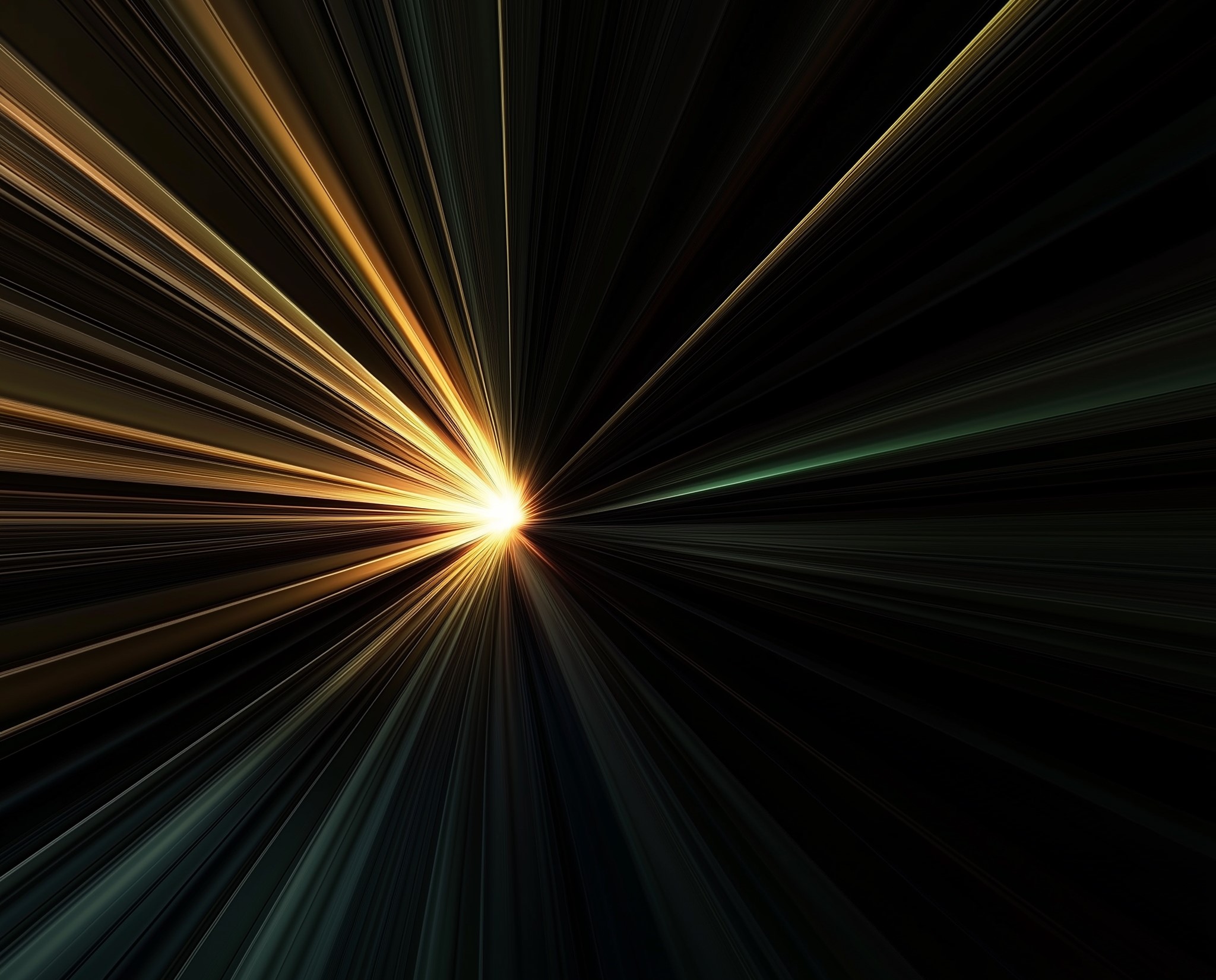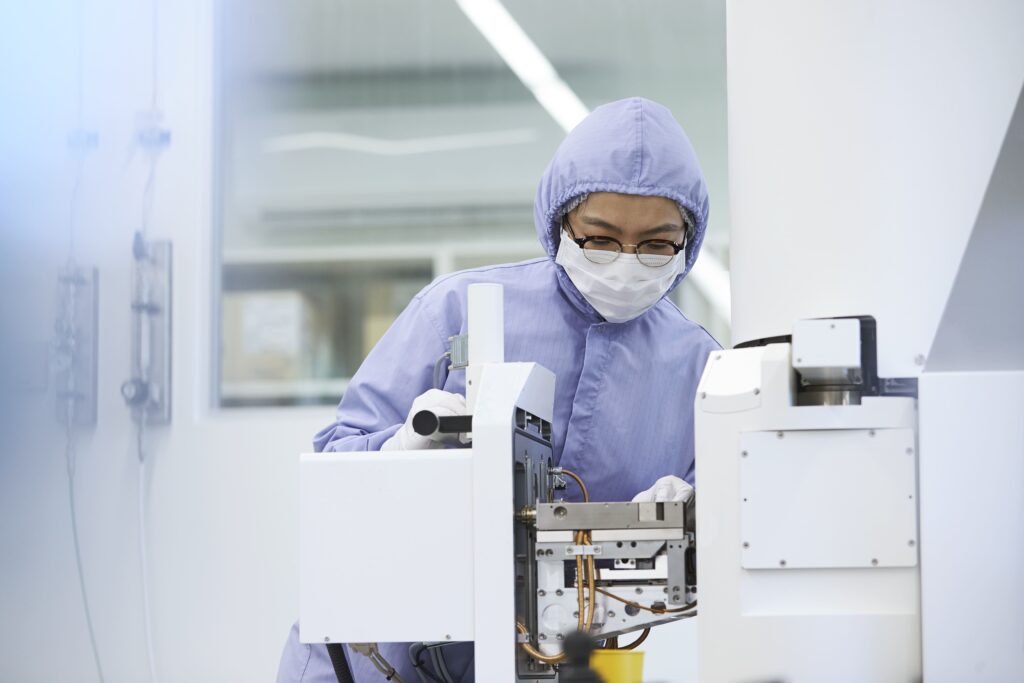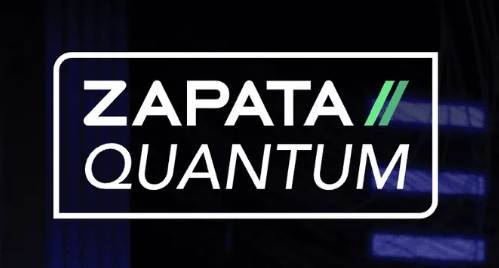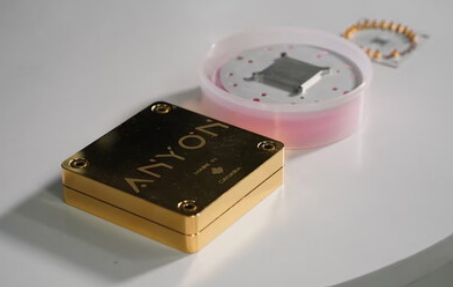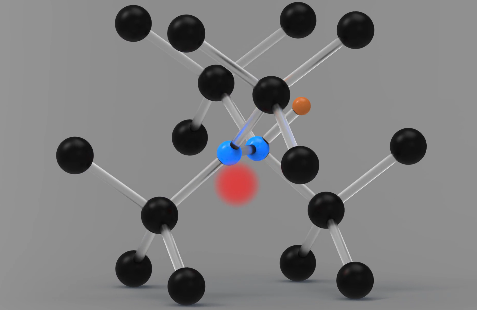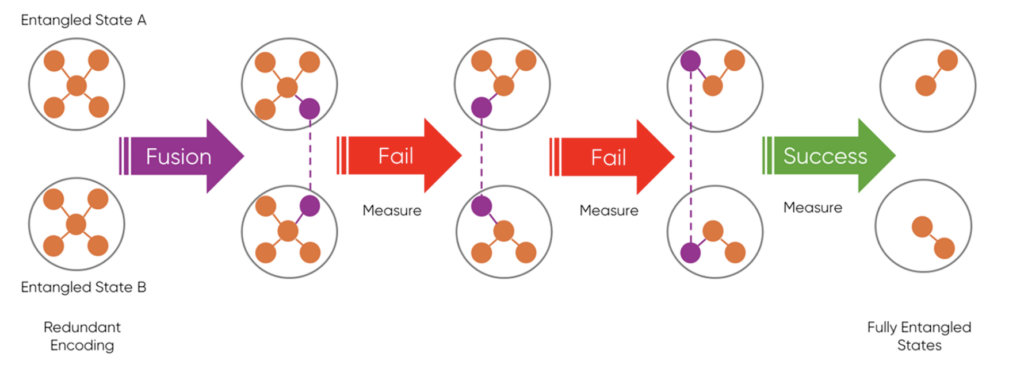Insider Brief:
- The study by NIST highlights background radiation as a significant disruptor of superconducting qubits, with cosmic and terrestrial ionizing radiation causing decoherence and threatening qubit stability.
- Researchers found that gamma rays from radioactive isotopes in structural materials and cosmic rays both introduce energy disruptions in silicon substrates, affecting qubit performance and error correction.
- Experimental setups using silicon substrates of varying thicknesses revealed that thicker substrates, contrary to expectation, absorb more radiation, suggesting that minimizing substrate thickness may improve qubit stability.
- The team suggests future quantum labs should account for site-specific radiation levels and explore shielding materials to reduce radiation impact.
In the quiet cold of superconducting quantum circuits, unseen cosmic and terrestrial forces wage a subtle war on stability, disrupting fragile quantum states with a formidable foe: background radiation. According to a study recently published in PRX Quantum, naturally occurring ionizing radiation can interfere with superconducting qubits by introducing decoherence—a word that generates feelings of unease in quantum scientists as it threatens the stability of quantum states. This study, led by a team at the National Institute of Standards and Technology (NIST) in collaboration with the University of Colorado, Pacific Northwest National Laboratory, and others, explores how different radiation sources affect the energy deposited specifically within silicon substrates, as they are used to support many quantum circuits.
The Problem of Background Radiation in Superconducting Qubits
To function optimally, superconducting qubits must be kept at temperatures near absolute zero, where materials enter a superconducting state and can conduct electricity without resistance. In this state, qubits are able to hold quantum information longer, as the low temperature reduces thermal noise that can disrupt quantum coherence. This ultra-cold environment is essential to protect the qubits’ delicate quantum states from even the slightest disturbances, allowing them to perform computations with a precision that warmer conditions would simply not permit.
However, background radiation—originating from both terrestrial sources, such as radioactive materials in the earth and building materials, and cosmic rays from outer space—is one such disturbance to be wary of. As noted in the study, these ionizing particles can interact with the silicon substrate that houses quantum circuits, potentially inducing transient energy events. Such disruptions, though subtle, could accumulate over time and limit the efficiency and reliability of error-correction mechanisms used in quantum computers.

In particular, the study notes that gamma rays from terrestrial sources like potassium-40, uranium-238, and thorium-232 decay chains create a constant, low-level radiation that is difficult to shield against in standard lab environments. The team also identified contributions from cosmic rays, especially at high altitudes, that impact circuit stability, albeit less frequently than terrestrial sources.
Experimental Design and Radiation Sources
To capture and analyze the effects of background radiation, the researchers used a thermal kinetic inductance detector integrated within a silicon substrate—a setup specifically designed to simulate the structure and dimensions of superconducting circuits. This allowed the team to measure radiation impact within substrates of varying thicknesses, specifically 500 μm and 1500 μm, to provide insights into how substrate dimensions might influence radiation absorption.
The study categorized radiation into two primary sources:
- Terrestrial Radiation: This is the radiation that originates from radioactive isotopes within materials like concrete, and contributes the bulk of low-energy events that deposit up to 1 MeV in energy within the substrate. Using a gamma-ray spectrometer, the team modeled the energy spectrum and identified decay chains from common radioactive isotopes in the lab’s structural materials.
- Cosmic Rays: These high-energy particles from space, such as protons and neutrons, penetrate the atmosphere and reach ground level. Cosmic rays deposited energy within the substrate, especially in the form of higher-energy events (exceeding 2 MeV), although these were less frequent. The research demonstrated that cosmic rays, particularly protons and neutrons, generate rare but intense energy deposits, creating transient disruptions in the substrate.
Substrate Thickness and Energy Deposition
Analysis of terrestrial and cosmic radiation found that there is a correlation–and one that may seem rather counterintuitive–between substrate thickness and radiation absorption. The team observed that increasing the thickness of the silicon substrate does not further insulate the circuits from disturbances, but actually led to a proportional increase in the energy deposited by radiation events. The 1500 μm substrate, for instance, had an event rate about 2.8 times higher than the 500 μm substrate, implying that there may be a benefit in minimizing substrate volume in future quantum circuit designs.
In terms of mitigating radiation effects, the team suggests that thinner substrates, potentially made from specialized materials or reinforced with shielding, could help reduce energy deposition. However, the study also notes that cosmic rays impact even the thinnest substrates due to their high energy, making complete shielding difficult to achieve.
Regardless of the undesirable audacity of cosmic rays, the team notes that the results of the study provide valuable insights for developing error-correction mechanisms in superconducting qubits. By quantifying how both terrestrial and cosmic radiation contribute to decoherence, the researchers have provided a framework for estimating the background radiation’s effects in various lab environments. This framework could be used to design circuits that are more resilient to radiation-induced errors, potentially extending qubit coherence times and improving overall circuit reliability.
Future Directions and Practical Applications
While the team’s model accurately predicts radiation impacts on substrates in controlled lab conditions, they acknowledge limitations in applying these findings universally. Factors such as local geology, altitude, and lab structure can all influence radiation exposure. To address this, the researchers advocate for site-specific measurements in quantum labs, as well as continued experimentation with shielding materials that could minimize radiation exposure without compromising circuit design.
The challenges facing quantum computing technology are multifaceted, but niche developments, such as addressing decoherence in superconducting qubits due to natural radiation, will provide forward movement, however incremental.
Contributing authors on the study include Joseph W. Fowler, Paul Szypryt, Raymond Bunker, Ellen R. Edwards, Ian Fogarty Florang, Jiansong Gao, Andrea Giachero, Shannon F. Hoogerheide, Ben Loer, H. Pieter Mumm, Nathan Nakamura, Galen C. O’Neil, John L. Orrell, Elizabeth M. Scott, Jason Stevens, Daniel S. Swetz, Brent A. VanDevender, Michael Vissers, and Joel N. Ullom.

